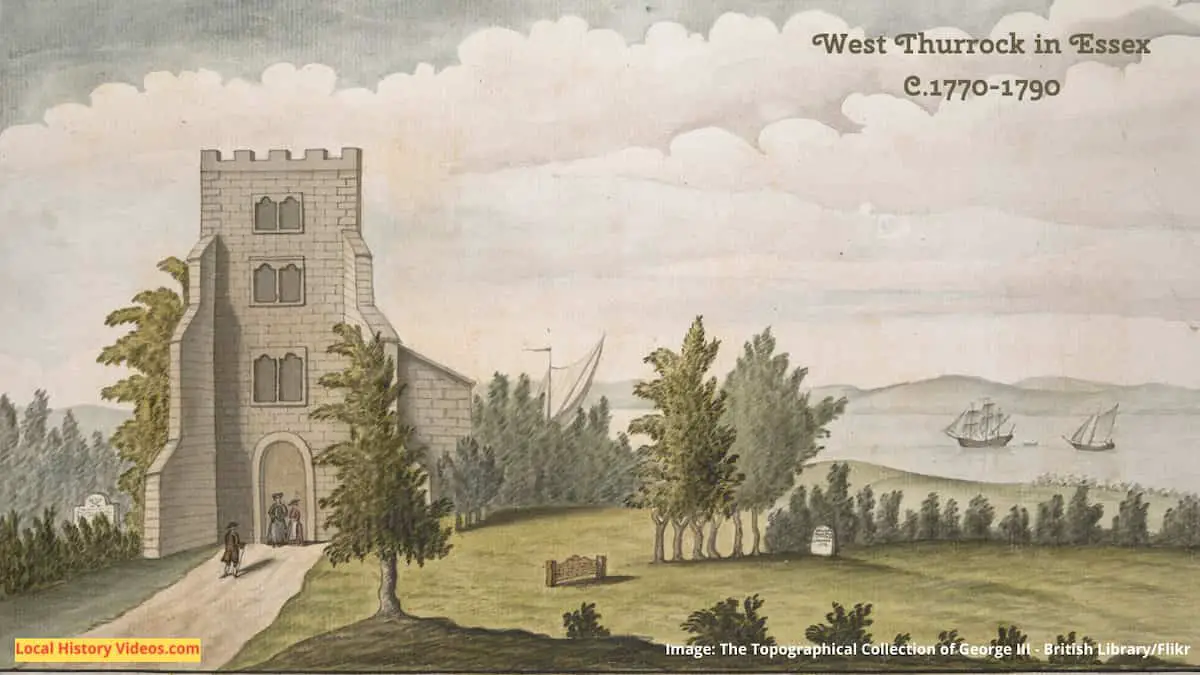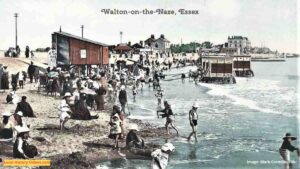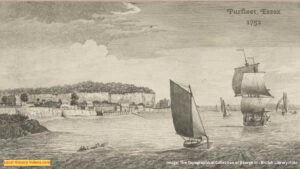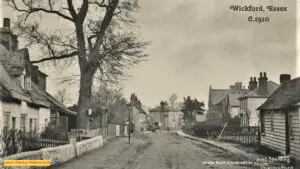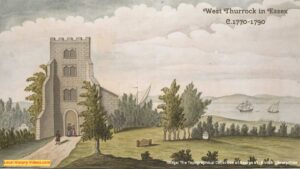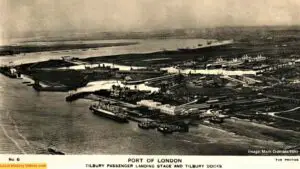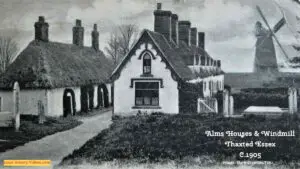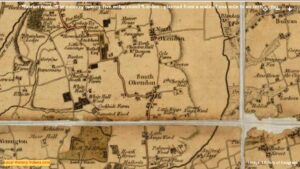Glimpse history through old images of West Thurrock, Essex, England.
West Thurrock is one of three “Thurrocks”, the others being Little Thurrock and Grays Thurrock.
Quarry Development
In the 1970s, the cement quarries in West Thurrock were still being worked. But after 20 years of quarrying on the site, there were about 5,000 acres needing a plan for development, especially as the land was already starting to be used to dump refuse.
John Stapleton interviewed Britain’s first Wasteland Reclamation Officer, a local authority officer, and a Conservative councilllor.
Thurrock: Refill Quarries (1970-1979) – British Pathé on YouTube
Historic Book
Extract from:
Stifford and Its Neighbourhood, Past and Present. Printed for Private Circulation
by William Palin
Published in 1871
Pages 32 – 33
In West Thurrock, the principal part of the parish was held by the Bishop of Bayeux as the capital tenant under the king. His under-tenant, Hugo, succeeded Ulwin, the Saxon freeholder, in both West Thurrock and Stifford. Hugo was also enfeoffed in the land of another Saxon named Alward. Mannic, a third Saxon proprietor, was replaced by Anschetill, another vassal of the Bishop of Bayeux. The total amount of land in West Thurrock over which the feudal rights of the bishop extended was 4 hides and 80 acres.
Additionally, there were 14 hides and 42 acres that were held by eleven freeholders during the time of Edward the Confessor. However, this land was unlawfully seized by Tedric Pointel but later taken into the king’s hands.
This brought the total amount of enclosed land in West Thurrock to 782 acres. There was also pasture available for 130 sheep in this parish, but the amount of woodland was sufficient for only 15 hogs. There were 24 acres of meadow.
On the land occupied by Hugo, the arable land had decreased from three ploughgangs to just one, but the monetary value increased from 50 shillings to 60 shillings. The recorded population was only 2 bordars.
The manor occupied by Anschetil encompassed 340 acres. In Saxon times, there were 3 bordars and 6 slaves on this land, but under the rule of Anschetil, there were no slaves. Instead, there were 2 villeins and 8 bordars. The amount of arable land remained the same, but its value increased from £3 to £4.
More about Essex
- Old Images of Essex, England
- Old Images of West Hangingfield, Essex
- Old Images of Purfleet (Purfleet-on-Thames), Essex
- Old Images of Wickford, Essex
- Old Images of West Thurrock, Essex
- Old Images of Walton-on-the-Naze, Essex
- Old Images of Tilbury, Essex
- Old Images of Thaxted, Essex
- Old Images of South Ockenden, Essex

